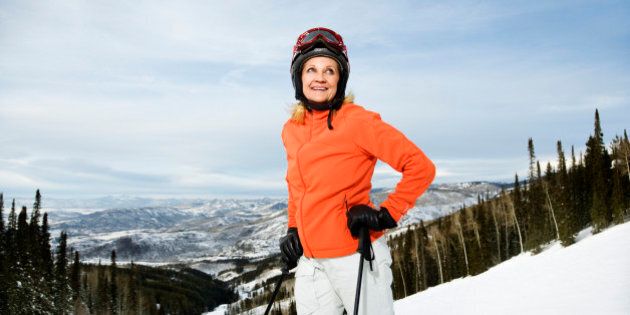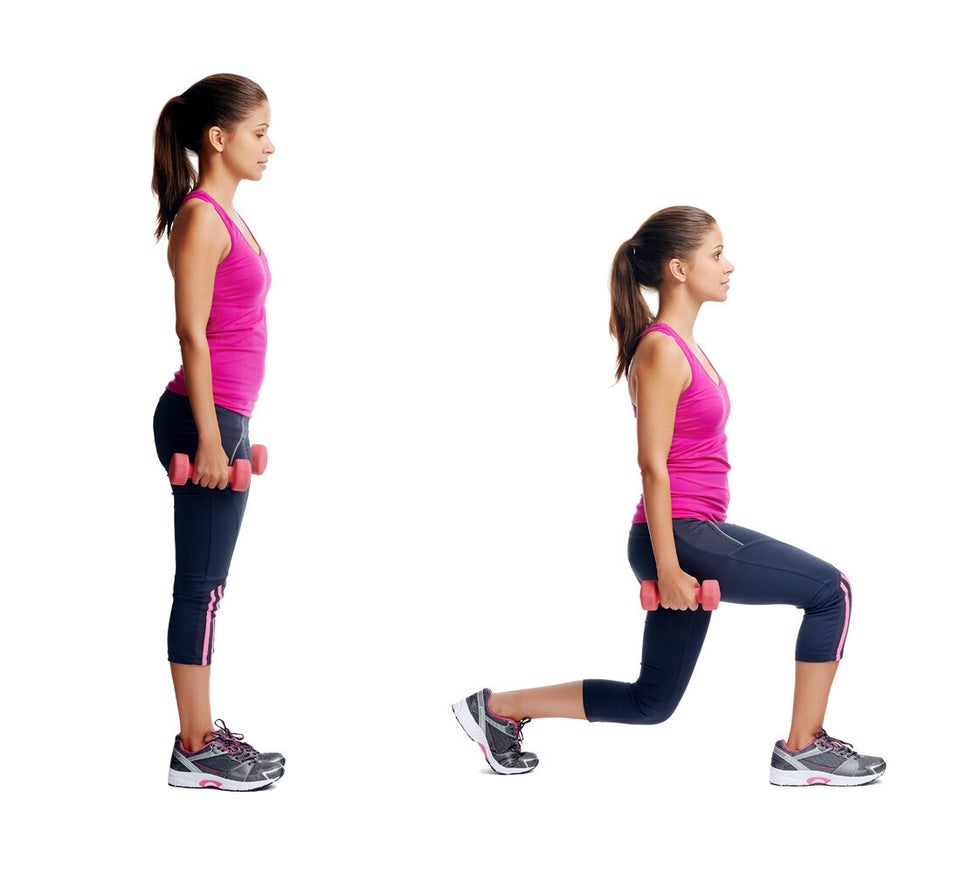
Spring is the perfect time to start skiing. The weather is milder, the slopes aren't too busy and with softer snow, usually it is easier to learn on.
To find out the top tips on how newbies can learn how to ski this spring, I spoke with Nick Castagnoli, Brand and Communications Manager, GroupRossignol, NA. Nick shared all the top tips on how a beginner can start skiing this season.
What are the best ski skills to build on the basic ski skills?
To be clear I am not a ski instructor.
I will offer that once a skier has begun finding their balance and gained comfort gliding on mellow terrain while shifting their weight from foot to foot in order to turn - I generally recommend they begin concentrating on where their eyes are in relation to where they are going.
This is an essential skill that helps build confidence before skiers begin picking up speed and moving onto more challenging terrain. The goal is to look where you WANT to go and plot your course in advance. The tendency when just starting out is to look at the tips of your skis or often looking at where you DON'T want to go.
This presents a few problems:
1. If you are looking down at your ski tips you won't be prepared for what's coming at you next, essentially throwing you off balance and making it difficult to begin linking turns together with fluidity.
2. You should always be looking at least one turn ahead so you can plan and anticipate for any adjustments in speed or a shift in balance. If you are looking down at your tips and not looking ahead you are forcing yourself to make adjustments in the moment which is next to impossible when carrying any speed or skiing in variable terrain like moguls and trees.
3.When skiing your body will often drift in the direction your eyes are looking. So don't focus on where you don't want to go. You need to focus on your line and plot your course while simultaneously being aware of your surroundings. You can't ski safely with tunnel vision and need to be aware of other skiers, signs, etc. It takes practice.
Lastly, keep your hands up and in front of you. Once your hands fall to your sides you will be off balance and more prone to "falling into the backseat" or weighting the back half of the ski, making it more difficult and fatiguing to steer and control your skis. Eyes up, hands up!
How to challenge yourself and take your skiing to the next level, when you have the basics of skiing?
Begin moving into more challenging terrain. The sides of many groomed trails often have snow that hasn't been groomed like the main part of the trail and feature smaller bumps and variable snow.
These are great places to practice as they offer an easy escape back to smooth, groomed snow if you begin feeling overwhelmed, tired, etc. Most every snow sports school will offer lessons for those who aren't beginners but are looking to advance as well.
What are the different type of skis available for a newbie, intermediate and advanced?
The type of ski you choose has as much to do with your preferred type of terrain as it does your skier level. Beginners should generally look for something that offers easy versatility with a moderate rocker profile in the tip and tail. These designs make pivoting and speed control easier, helping to build confidence while also offering an incredible platform to progress into making carved turns.
How to care for your equipment?
Skis should be allowed to dry before storing and be stored vertically in a cool, dry place. Boots should be re-buckled in order to help the plastic retain its original shape and stored in a cool, dry place.
Never set boots too close to a heat source in order to warm them up or dry them out as the plastic can melt. If the liners need to dry out before skiing the next day, remove the liners from the shell to speed the process up.
Have your skis and bindings serviced each year (at least) to ensure they have clean edges and a good base structure, and that the bindings are set properly and will release as they are supposed to in the event of a fall.
How often do you need to replace your equipment?
This really all depends on the skier, how often they are skiing, and how well they take care of their equipment.
Any other tips?
Skiing with someone who's a little bit better than you will force you to push yourself, allow you to ask questions, and watch how they approach different terrain and snow conditions. Find a friend and go skiing as much as you can.
But most importantly - don't take it too seriously, relax, and just enjoy being out in the mountains. Having fun and being outside is the whole point of this. Yes, it can sometimes be frustrating to learn and advance in a new sport - everyone wants to be an expert right out of the gate.
You'll have good days and days when you don't feel as solid. But just be patient, keep working at it, and you'll continue to progress. There's an old saying that goes, "the best skier on the mountain is the one that's having the most fun." I think that's pretty accurate.
I am going to use these amazing tips when I am out on the slopes!
Let's have the best season ever!!
Visit Sacha daily at SachaD.com
Follow HuffPost Canada Blogs on Facebook
ALSO ON HUFFPOST:
